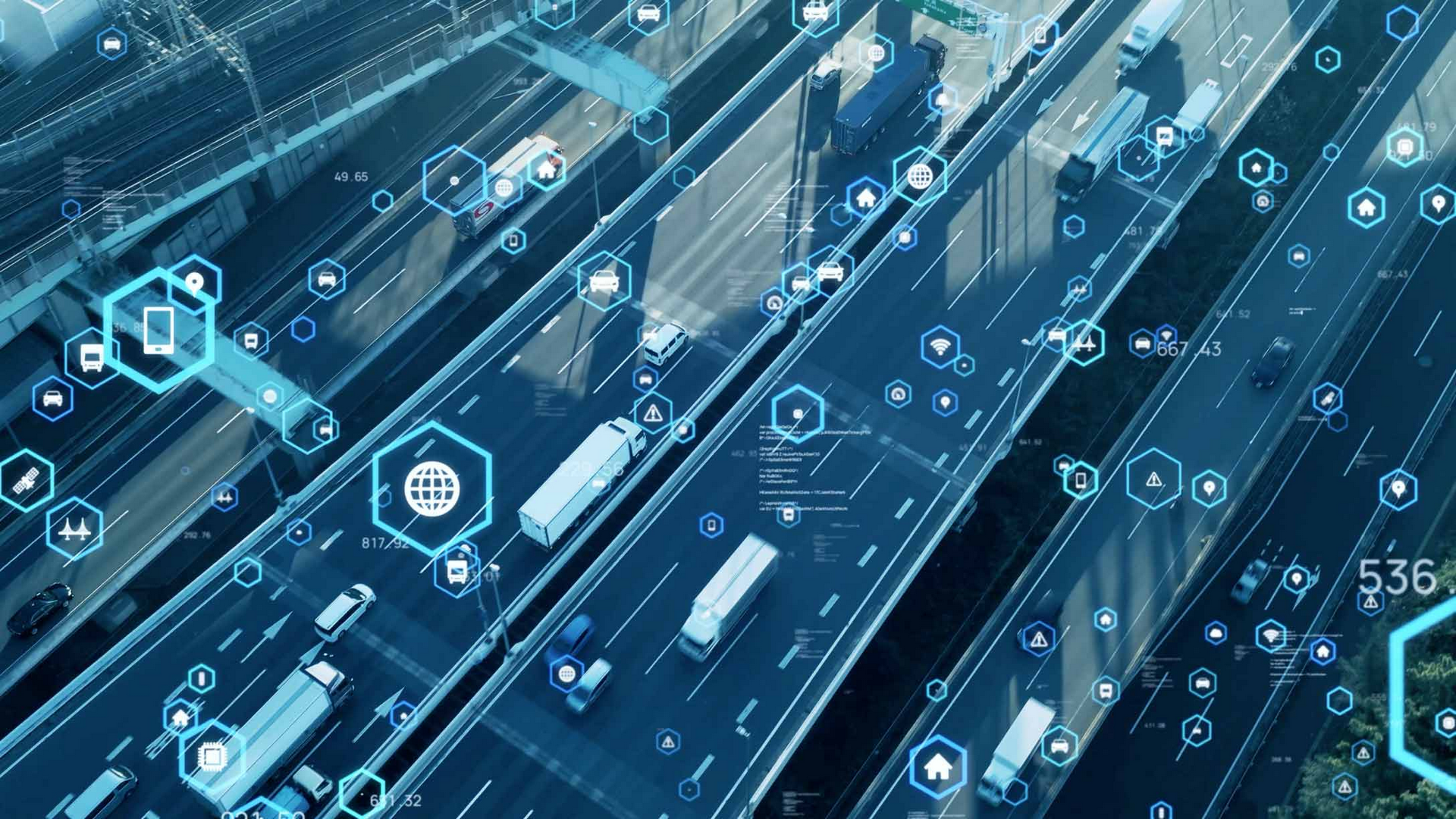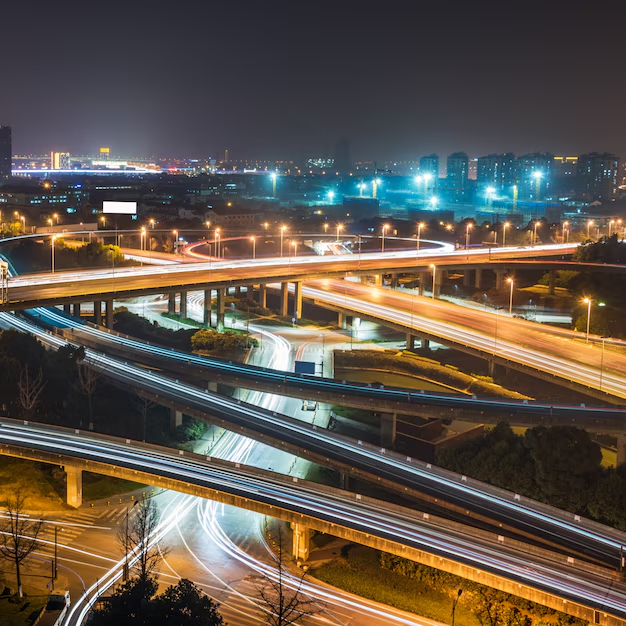
"FZD TELEMATICS" is the first and only company in the Republic of Uzbekistan with certified specialists and experience in the field of dynamic weighing WIM technologies, quartz sensors for measuring the weight and dimensions of vehicles in motion (WIM systems).
The company "FZD TELEMATICS" was created as an integrator of solutions in the field of intelligent transport systems (ITS).
Our Mission: improving the safety, efficiency and comfort of transport processes through the introduction of intelligent transport systems in the road transport complex of the Republic of Uzbekistan.


The first WIM System installed in Uzbekistan was installed by FZD Telematics.
The WIM System was installed on the M-34 Tashkent-Dushanbe Highway and monitors the movement of vehicles and collects accurate data on the parameters (total vehicle weight, distance between axles, vehicle length, vehicle speed) of moving vehicles in real time.
The WIM system of weight and dimension control was installed on the 4P161 highway in Urgench at 11.5 km and monitors the movement of vehicles and collects data on the parameters of moving vehicles in real time, namely, total weight, dimensions, distance between axles, length, speed mode, etc., the power supply of this complex is provided by solar panels with a capacity of more than 13 kW.
WIM is a modular system that helps weigh vehicles in motion, monitor and evaluate traffic. It significantly extends the life of roads, prevents them from being damaged by overloaded vehicles and helps improve road safety.
learn moreIntelligent Transportation Systems tailored to the specific needs of any city. Smart traffic management will make city traffic smoother and less stressful. Ambulances and buses will be given priority, and dispatchers will have a clear view of traffic.
learn moreParking on streets and in car parks has never been easier. Save time and money with our modern payment systems and individual parking solutions.
learn moreMore efficient winter maintenance, safer roads, comprehensive visibility and cost savings. With road weather technology, you can keep roads safe and clear.
learn moreMonitoring traffic violations effectively requires a combination of technology, enforcement practices, and data analysis. Smart cameras can monitor roads and traffic for you. This will free up streets and make parking easier. Small and large cities can detect traffic violations and thus reduce the administrative burden.
learn moreTraffic data collection is crucial for creating safer, more efficient, and sustainable transportation systems. By gathering and analyzing traffic data, governments, city planners, and transportation authorities gain valuable insights that help in planning, managing, and improving traffic flow, road safety, and overall infrastructure.
learn more
WIM – Weigh-in-Motion. This is a technology used in transportation and road infrastructure to measure the weight of vehicles without having to stop them. This technology is particularly useful for monitoring and managing traffic flow while ensuring compliance with weight regulations.
Weigh-in-Motion systems are installed on roads, bridges or highways and use sensors embedded in the road surface to measure the weight and other parameters of passing vehicles. These systems can measure axle loads, gross vehicle mass and other data needed to ensure compliance with weight regulations and monitor the condition of transportation infrastructure.
By collecting vehicle weight data as they move, authorities can effectively identify overloaded vehicles, assess the impact of heavy vehicles on the road surface and make informed decisions about maintaining and enforcing weight restrictions without disrupting the flow of traffic.
 Intelligent Transportation Systems
Intelligent Transportation Systems
These are advanced applications that aim to provide innovative services related to various modes of transportation and traffic management. They integrate communication technologies, information processing, and sensor technologies into transportation infrastructure and vehicles to improve the safety, efficiency, and sustainability of transportation.
ITS includes a range of technologies such as traffic management systems, electronic toll collection, vehicle-to-vehicle communication, adaptive cruise control, and various other intelligent solutions that improve transportation networks. It is all about using data and technology to make our transportation systems smarter and more efficient.
 Parking Solutions
Parking Solutions
Parking solutions are essential in urban areas to ease congestion, improve accessibility, and support efficient land use.
Modern solutions include smart parking systems, which use sensors and mobile apps to guide drivers to available spots in real time, reducing traffic caused by searching for spaces.
Park-and-ride facilities are another effective approach, allowing commuters to park in designated areas outside city centers and use public transport for the rest of their journey.
Additionally, multi-level parking structures and automated parking systems can optimize space, while implementing dynamic pricing can encourage shorter parking times and increase turnover in high-demand areas.
These solutions collectively enhance the urban environment, improve traffic flow, and make cities more accessible for residents and visitors alike.
 Road Meteorology
Road Meteorology
Road meteorology focuses on monitoring and forecasting weather conditions that directly impact road safety and driving conditions.
Using specialized sensors, weather stations, and data from meteorological agencies, road meteorology systems track parameters like temperature, humidity, wind speed, precipitation, and road surface conditions (e.g., ice, snow, or water levels). This data is crucial for providing real-time information and warnings to drivers and road maintenance teams, allowing for timely responses to adverse conditions, such as icy roads or heavy fog.
Advanced road meteorology also supports intelligent transportation systems (ITS), which use this data to automate processes like de-icing and to optimize traffic flow under varying weather conditions.
The ultimate goal is to improve road safety, reduce weather-related accidents, and enhance travel efficiency regardless of environmental changes.
 Traffic Enforcement
Traffic Enforcement
Traffic enforcement is the practice of monitoring and regulating driver behavior to ensure compliance with traffic laws, improving road safety, and reducing accidents. This involves various strategies, from on-the-ground policing to automated technologies like speed cameras, red-light cameras, and license plate recognition systems.
Officers may conduct random checks or patrol areas with high accident rates to deter unsafe behaviors like speeding, reckless driving, and distracted driving.
Additionally, automated enforcement helps manage violations continuously without requiring a constant police presence. Traffic enforcement plays a crucial role in promoting adherence to rules, encouraging responsible driving, and maintaining safe and efficient roadways.
 Traffic Data Collection
Traffic Data Collection
Traffic data collection involves gathering information on vehicle flow, speed, congestion levels, and travel patterns to understand and manage traffic conditions effectively.
Data is collected using sensors, cameras, GPS devices, and even mobile apps, providing real-time insights into road usage. Advanced data collection systems can track vehicle types, occupancy, and even environmental factors like emissions. This data is vital for traffic management, urban planning, and infrastructure improvements, enabling city planners and transportation agencies to optimize traffic signals, plan road expansions, and implement safety measures.
By analyzing traffic data, cities can enhance road safety, reduce congestion, and improve overall mobility.
